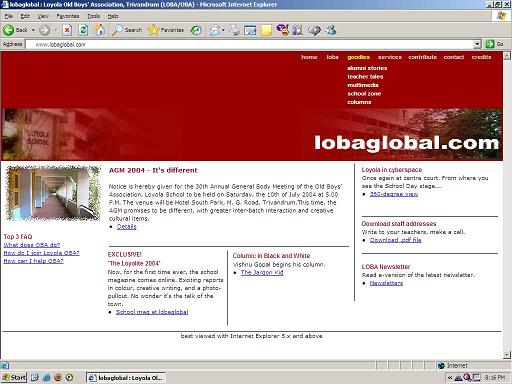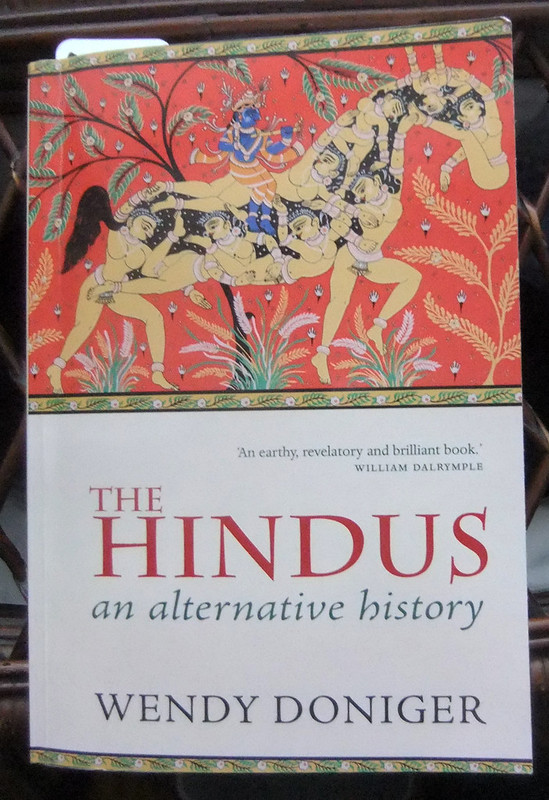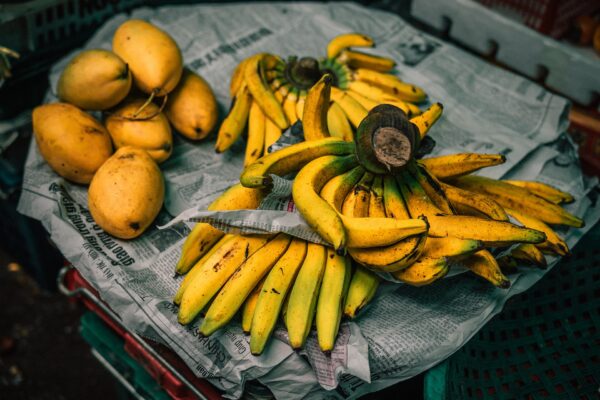By Ashok R. Chandran
Media (Kochi)
Online journalism appears to be the major playground for technology today in journalism. A few decades back, when live broadcasting (away from studio) became possible, TV journalism raced ahead of print journalism. Today, new technological tools are helping new media overtake TV news. Liveblogging, for instance, has emerged as a richer alternative for breaking news, and its popularity is likely to increase in the coming years. Worldwide, the frontiers of liveblogging have been pushed by the Guardian, and in India recently, The Hindu website used CoveritLive for reporting on the court verdict against Jayalalithaa.((For a superb example of liveblogging, see Graeme Wearden, ‘Jean Tirole wins the Nobel prize in economic sciences – as it happened’, The Guardian, 13 October 2014, http://www.theguardian.com/business/live/2014/oct/13/nobel-prize-for-economics-announcement-live. An Indian attempt is ‘Jayalalithaa conviction: As it happened’, The Hindu, 27 September 2014, http://www.thehindu.com/news/national/tamil-nadu/jayalalithaa-conviction-as-it-happened/article6452086.ece.))
Just as the Internet and new technological tools of that medium have triggered changes in journalism, they have had an impact also on how scholars communicate their research. Perhaps the most far-reaching shake-up in the academic world has been the emergence of open access scholarship.
A publication is said to be ‘open access’ if a reader can read, download, copy, and distribute the full text without paying a fee. (Note the contrast with ‘copyright’, which had been the norm in the 20th century.) In recent years, scholars have been able to make their works open access because there exist today a global platform for dissemination (the Internet), easy-to-learn technological tools (to create and publish content on the platform), and economics that is favourable to the authors (low cost of electronic publishing). In the past, academics had to rely on publishers to sell their wares far and wide. Now, since articles can be published inexpensively on the Internet, and those interested in reading the content will find their way through Google or other databases, most scholars today do not need a publisher to distribute scholarly content. Technology has thus given universities a good reason to re-examine their research dissemination strategy and methods, and explore how to use the new communication tools of the open publishing environment. Universities in India should wake up.
There is another reason why scholars and universities should consider moving towards the open access system. Nowadays, the University Grants Commission (UGC) and other higher education bodies breathe down every academic’s neck (not just in universities but colleges too) to publish research papers in academic journals. How and where should all such findings be published? Should we, as a society, encourage the locking up of scholarship about India behind paywalls erected by commercial publishers? Or should we favour the publishing of scholarship in open access mode?
It is high time that universities liberated themselves from the traditional publishing model, where scholars donate their research works to commercial publishers, attest the quality of content through peer review, and then queue up to buy journals at high prices from the same publishers. With journal publishers having now lost their importance in distribution, the playground of scholarly communication has changed.
In the West, especially in the United States and the United Kingdom—two major producers of research—universities have set up Web-based ‘institutional repositories’, which freely make available the research generated in their departments. Universities such as Harvard and Stanford have adopted open access policies, and collaborate with other universities and scholar communities to widen the open publishing system. Harvard’s policy, for example, requires faculty to give prior, non-exclusive license to Harvard to publish their scholarly articles. (Typically, journal articles and conference proceedings are covered by this policy; authors do not have to give books and other forms of publication to Harvard.) Through institutional repositories, Harvard then makes the fruits of their research available free on the Internet.((For more information about Harvard’s open access policy, see https://osc.hul.harvard.edu/policies.))
Where does Kerala figure in the open publishing map of higher education? Kerala’s universities are lagging behind. So far, open access efforts here have mostly been to digitise doctoral theses and make them freely available. In this, Mahatma Gandhi University has been a leader, with its own Web repository for theses (which at present has 1,926 theses, including a few on Kerala journalism). For the same purpose, most universities in India have been using the Shodhganga repository. There too, M. G. University (1,882 theses) does well—it is second nationally—and Cochin University of Science and Technology (CUSAT) (1,419 theses) has made good progress. Far behind are University of Calicut and University of Kerala, with 307 and 77 theses respectively.
The major lag, however, is in the area of articles and scholarly journals published by scholars and universities. According to the Directory of Open Access Repositories, the institutions from Kerala that maintain repositories of their scholars’ articles are CUSAT and the Indian Institute of Management–Kozhikode.
The Directory of Open Access Journals lists two open access journals from Kerala—Kerala Journal of Orthopaedics (published by the Kerala Orthopaedic Association) and Journal of Tropical Agriculture (Kerala Agricultural University). The Kerala University of Health Sciences runs an open access journal titled Health Sciences.
Despite such progressive ventures here and there, the state in general has not recognised the need to set up and run good, open access journals. This is evident from the launch of a journal by the Kerala State Higher Education Council (KSHEC) this year. KSHEC is the apex advisory body for higher education in the state, and it set a terrible example by launching the Higher Education for the Future journal in the traditional mode—by partnering with an international commercial publisher. The decision to pay tens of thousands of rupees to the publisher for each issue revealed the educational planners’ outdated understanding of scholarly communication. It was a move in the wrong direction. KSHEC should revisit the decision, cut ties with the publisher, and use the funds instead to publish a good, open access journal. In line with contemporary international thinking, and keeping local conditions in mind, KSHEC should also develop a good, open access policy and offer it to universities in Kerala for adoption.
Meanwhile, universities in Kerala, including journalism departments, should move towards making their own journals open access. Some journals (including the newly launched KILA Journal of Local Governance) are available free as PDF files. It is advisable to instead use journal management and publishing systems, such as the Open Journal Systems developed by the Public Knowledge Project.
In the traditional copyright system, there were bad apples at the lower end. They have got a fillip now with ill-considered policies (like that of the UGC) which promote breakdown of the peer review system and drown scholars in a flood of low-quality research. The open access system too is going to be adversely affected by the policy. In fact, the damage would be greater in the open access environment because journals can be set up at low cost and great speed by those wishing to make a quick buck. Already, the Beall’s List contains many predatory journal publishers and journals from India, including ones in which scholarship on Kerala is getting published.
While it is important that universities in Kerala penalise faculty who resort to unethical, shortcut methods to get their work published in fraudulent pay-and-publish journals, it is equally important for universities to offer good, alternative publication avenues. That is why a few universities and institutes in Kerala should set up and run a handful of good, open access journals. By instituting processes for credible peer review, good editing, and maintenance of international publishing standards, institutions (universities or scholarly societies) can ensure that future waves of scholarship on Kerala society, politics, economy, journalism, and other fields will not get locked up behind paywalls of a handful of commercial publishers in the West or mired in a swamp of shady, shoddy journals.
Web extra
Links in footnotes point to their current location.
Credits: Photo/graphic by Marina Noordegraaf on Flickr
Last updated: July 2022




